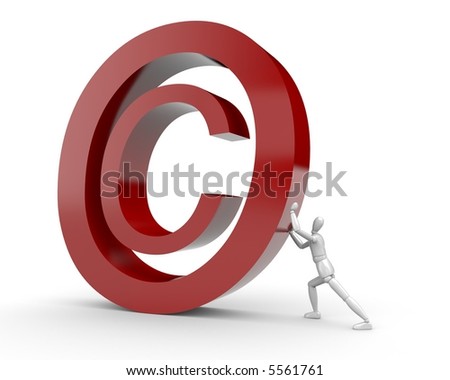Assalam. Hye, guys..how
are you??...XD
 |
| I'm Cool....:) |
Today, I'm gonna share with you guys about the topic that we
learned today which is IP and cyberlaws. What is IP actually?
IP is intellectual property, which means all things that we create
such as music, movies, film, symbols, logos, creations and inventions.
There are three three types of IP which are:
1. Copyright
2. Trademark
3. Patent
My group talks about copyright. What is copyright actually?
Copyright is a form of protection available to the creator of an
original artistic, musical or literary work such as book, movie, software
program and etc. It gives the copyright yholder the exclusive right to publish,
reproduce, distribute, perform, or display the work. Anyone wishing to
use copyright materials must first obtain permission from the copyright holder
and and pay any required fee.
There is a permission for anyone who want to use the copyright,
which we called as FAIR USE.
Concept of FAIR USE
permits limited duplication and use of a portion of a copyright material for
special purpose such as teaching, research, critism, news reporting and
commenting.
 |
A patent is an exclusive right granted for an invention, which is a product or a process that provides a new way of doing something, or offers a new technical solution to a problem.
You can visit this link for more information about patent.
Next, we learned about TRADEMARK.
A trademark is a sign which distinguishes the goods and services of one trader from those of another. A mark includes words, logos, pictures, names, letters, numbers or a combination of these. A trade mark is used as a marketing tool to enable customers in recognizing the product of a particular trader.
 |
| Some of the trademarks in the world. |
Next, we learned about industrial design.
How many of you know
what industrial design is?...muehehe..>.<
ü Practicality
and durability of the materials
ü Physical
characteristics of the consumers most likely to use that particular chair
ü Comfort
and fatigue factors related to extended use
ü Environmental
and safety concerns
ü The
client's budget
Then, we learned Geographical Indication.
Geographical indications are place names (in
some countries also words associated with a place) used to identify the origin
and quality, reputation or other characteristics of products (for example,
“Champagne”, “Tequila” or “Roquefort”).
Or in Malaysia, some of the example is Laksa
Penang, Mee Bandung Muar, Sate Kajang, Otak-Otak Kempas, etc. You got what I
mean?haha…
Visit this webpage to know more about Geographical Indication.
After that, we learned about Layout‐Design Of An Integrated
Circuit
 |
| An example of an integrated-circuit |
A layout‐design of an integrated circuit is the
three-dimensional disposition of the elements of an integrated circuit and some or all of the
interconnections of the integrated circuit or such three‐dimensional disposition prepared for an integrated circuit intended for
manufacture. The law that protects layout
‐designs of
integrated circuits is the Layout‐designs of Integrated
Circuits Act 2000
There are several Cyberlaws in Malaysia that we also learned in the class. They are:-
- Digital Signature Act 1997
- Computer Crime Act 1997
- The Copyright (Amendment) Act 1997
- The Communications and Multimedia Act 1998
- TheElectronic Government Activities Act 2007
No comments:
Post a Comment